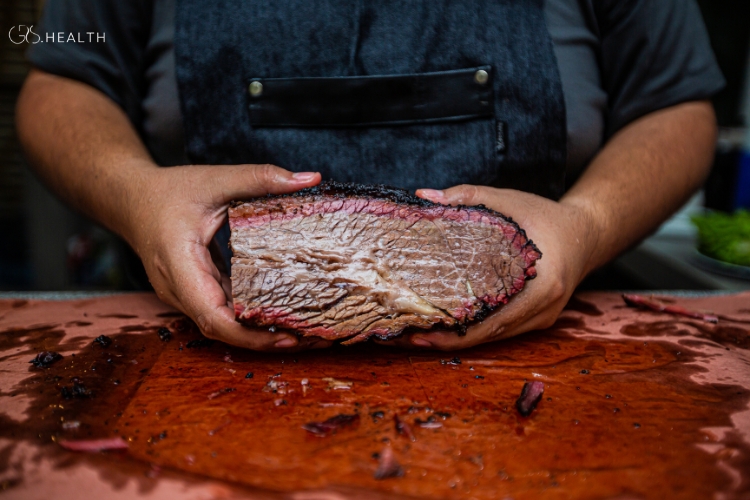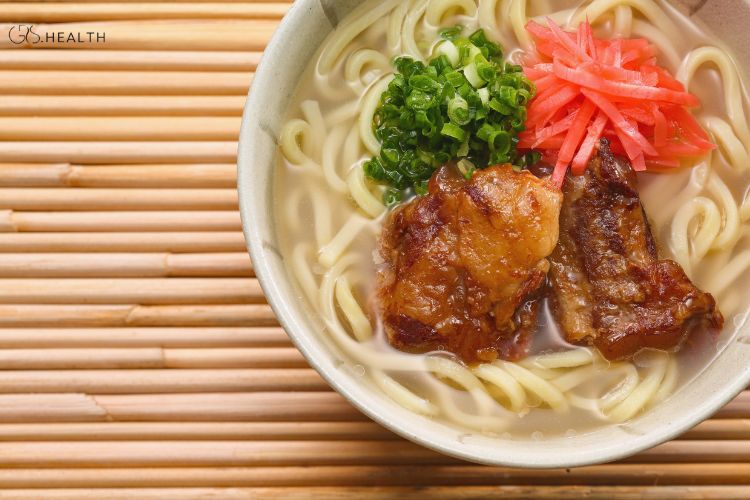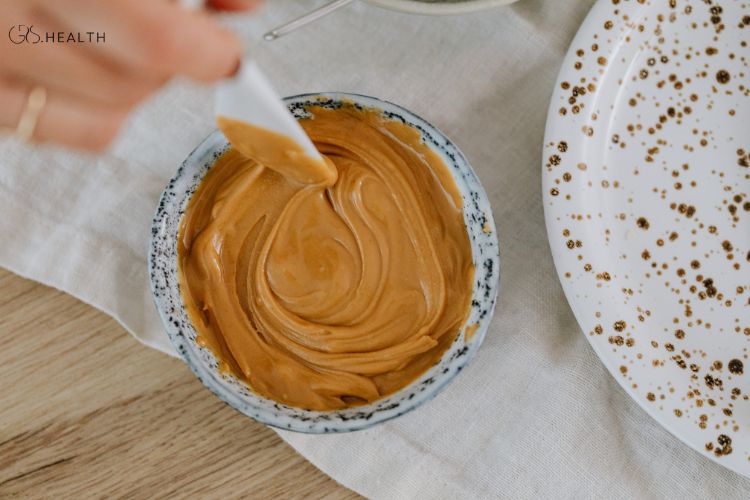The blood type diet overview is a popular dietary plan that revolves around consuming specific foods based on one’s blood type. This diet is rooted in the belief that each blood type has distinct nutritional needs, which, when followed, can lead to improved health, digestion, and overall wellness. In this article, we will delve into how the blood type diet overview operates, the relationship between blood types and food, individualized guidelines, meal suggestions, potential advantages, safety precautions, and limitations.
How the Blood Type Diet Works and the Correlation Between Blood Types and Food
The blood type diet was developed by naturopathic physician Dr. Peter D’Adamo in the late 1990s. Dr. D’Adamo suggests that an individual’s blood type influences how their body processes and responds to different types of food. The four blood types (A, B, AB, and O) are believed to have distinct evolutionary backgrounds, and as a result, they may have different nutritional needs.
The diet recommends that individuals with type A blood should follow a primarily vegetarian diet, those with type B blood should consume a varied diet including meat, those with type AB blood should focus on a combination of the type A and type B diets, and those with type O blood should follow a high-protein diet similar to that of early hunter-gatherers.
Guidelines for Each Blood Type
Each blood type diet includes twelve food groups, which consist of various meats, fruits, vegetables, grains, and dairy products. These guidelines provide detailed lists of foods that are either highly beneficial, considered neutral, or should be avoided based on an individual’s blood type. For instance, individuals with type O blood are recommended to eat lean meats, vegetables, and fruits, while avoiding dairy and grains.

Things To Consider and Diet Types
It is important to consider that the blood type diet has been both praised for its holistic approach and criticized for lacking scientific evidence to support its claims. It is also essential to acknowledge that individual responses to the diet may vary, and that consulting with a healthcare professional before making any significant dietary changes is advisable.
What To Eat and Avoid on the Blood Type Diet
Foods that are highly beneficial according to the blood type diet include green vegetables, certain fruits, lean meats, and fish. Foods considered neutral include various grains, legumes, and additional fruits and vegetables. Foods that should be avoided encompass certain meats, dairy products, and specific fruits and vegetables, depending on an individual’s blood type.
Beverages To Drink and Avoid on the Blood Type Diet
Type O: Opt for black cherry, guava, or mango juices. Avoid blackberry juice, coconut milk, and tangerine juice.
Type A: Choose alkaline fruit juices like diluted black cherry juice concentrate. Steer clear of orange, papaya, tangerine, and tomato juices, as well as beer.
Type B: Enjoy cranberry, pineapple, or papaya juices. Avoid coconut milk, pomegranate, and tomato juices.
Type AB: Consider chamomile tea, cherry juice, or water with lemon. Skip guava, mango, and orange juices.
(I would like to suggest reading my article on the health benefits of pineapple.)
Meal Ideas
Sample meal ideas for the Blood Type Diet can range from grilled salmon with steamed broccoli for type A individuals, to a stir-fry with tofu and mixed vegetables for type B individuals, to a hearty omelet with spinach and goat cheese for type AB individuals, and to a steak with sweet potato and asparagus for type O individuals.
Potential Benefits of the Blood Type Diet
Proponents of the blood type diet have suggested that following the diet may lead to various benefits, including weight loss, improved digestion, increased energy levels, and better overall health. Some studies have indicated that adhering to the diet may help with weight loss and may improve heart health for certain individuals.

Is the Blood Type Diet Safe?
While the blood Type Diet has garnered a following and has been reported to yield positive outcomes for some individuals, it is essential to approach it with caution. The diet’s premise lacks robust scientific evidence, and it may not be suitable for everyone. Furthermore, some healthcare professionals have raised concerns about potential nutrient deficiencies that may arise from strict adherence to the diet’s guidelines.
Drawbacks
One of the primary drawbacks of the blood type diet is the limited scientific research supporting its effectiveness. Furthermore, the diet’s restrictions may be challenging for some individuals to maintain over the long term. It is important for individuals considering the Blood Type Diet to be mindful of their nutritional needs and to seek guidance from a qualified healthcare professional.
Conclusion
The blood type diet overview presents a distinctive nutritional strategy that has garnered both praise and skepticism. While some individuals may see favorable outcomes from adhering to this diet, it is essential to approach it with a discerning eye and take into account various viewpoints. Seeking advice from a healthcare professional and delving into further research before delving into the blood type diet overview is crucial. Ultimately, the most successful dietary approach is one that is personalized, balanced, and sustainable for an individual’s specific requirements.
Sources
- Healthline, The Blood Type Diet: An Evidence-Based Review
- Harvard Health Publishing, Diet not working? Maybe its not your type










